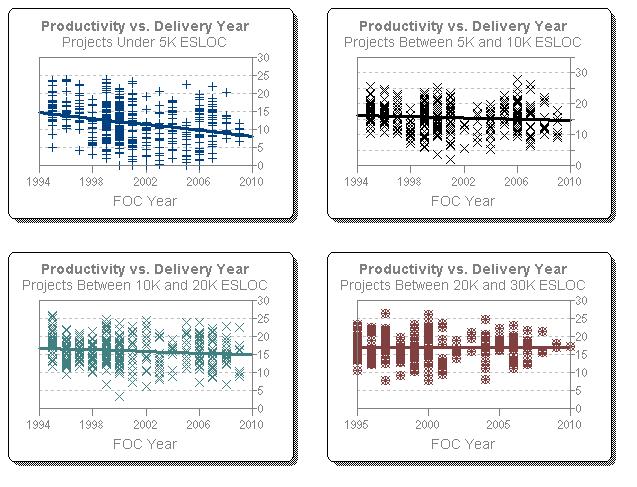Fundamentals of Software Metrics in Two Minutes or Less
A couple of years ago at a lean software and systems conference, I delivered a “lightning talk” about software metrics. In the two-minute time span, I illustrated the folly of gathering data without a measurement plan and the audience grasped the concept immediately. “Why don’t more companies get this?” remarked several attendees, “it just doesn’t make sense to collect all the data we do without a plan.”
It doesn’t take a rocket scientist to succeed with software measurement; professionals with a straightforward plan can quickly and easily reap its benefits. Two concepts are fundamental to embrace for metrics success: 1. Goal-Question-Metric (GQM), and 2. Simplicity.
Goal-Question-Metric (GQM) Approach to Metrics
First introduced by Victor Basili as an approach to measurement, and later the subject of a book by the same name by Rini vanSoligen and Egon Berghout, GQM is a straight-forward, stepwise approach to measurement. While it has applicability to measurement in any industry, Basili created GQM specifically to address the chaos in the software world. GQM involves three steps:
- Establish the Goals for measurement.
- Ask the Questions that will answer whether the goals are being met.
- Design and collect the Metrics to answer the questions.
The Software Engineering Institute (SEI) at Carnegie Mellon University in Pittsburgh, PA expanded Victor Basili’s GQM approach to GQIM, the “I” being indicator, but that is the topic of a future post.


